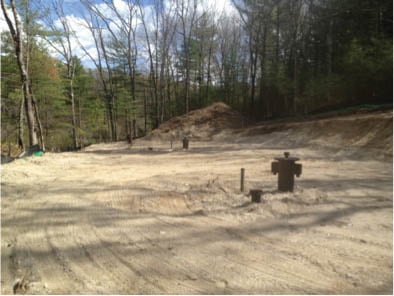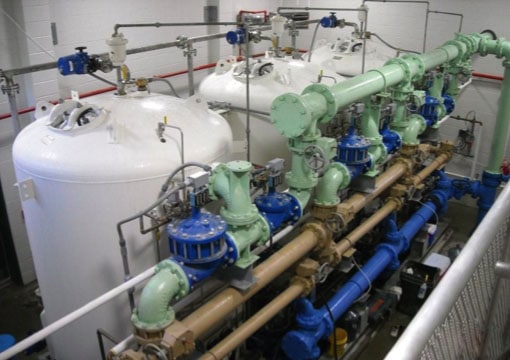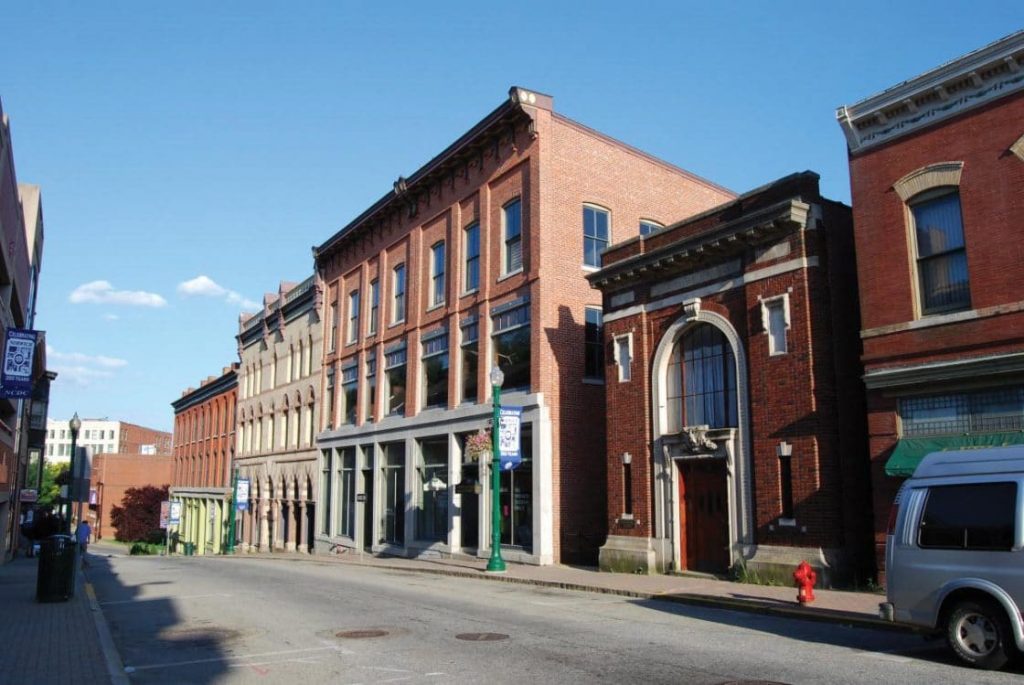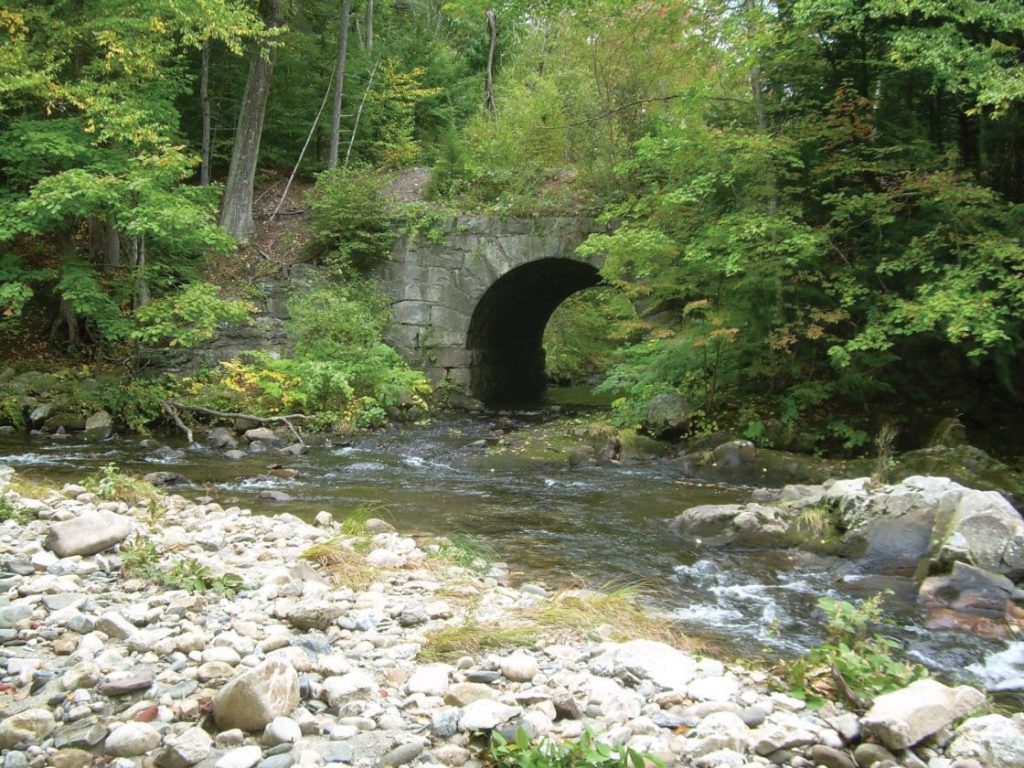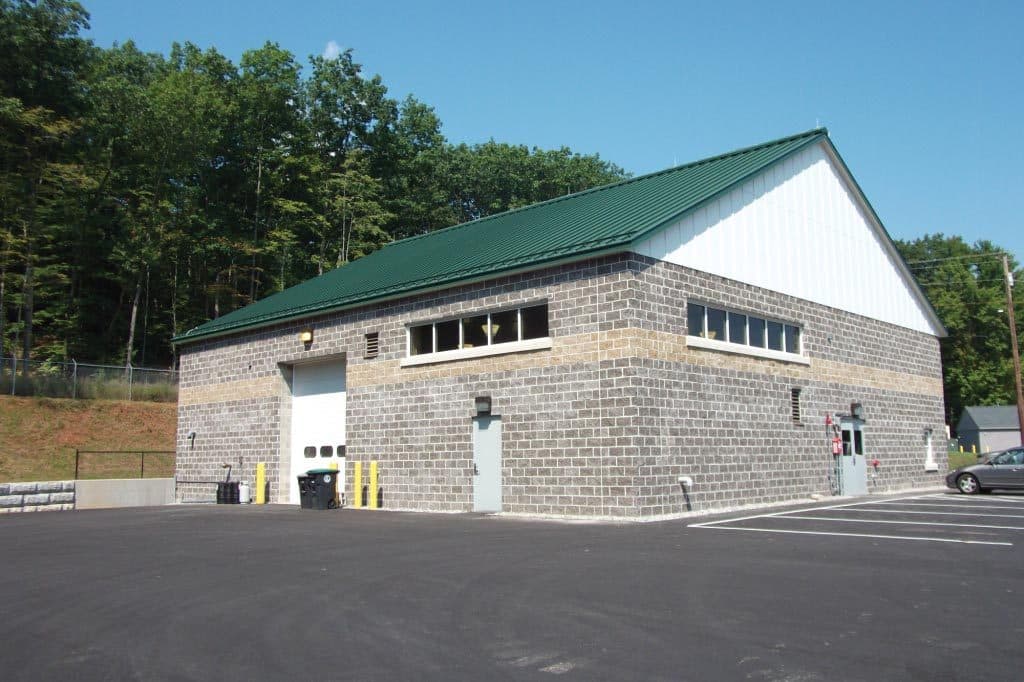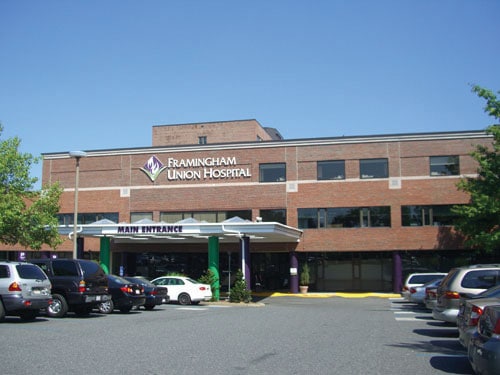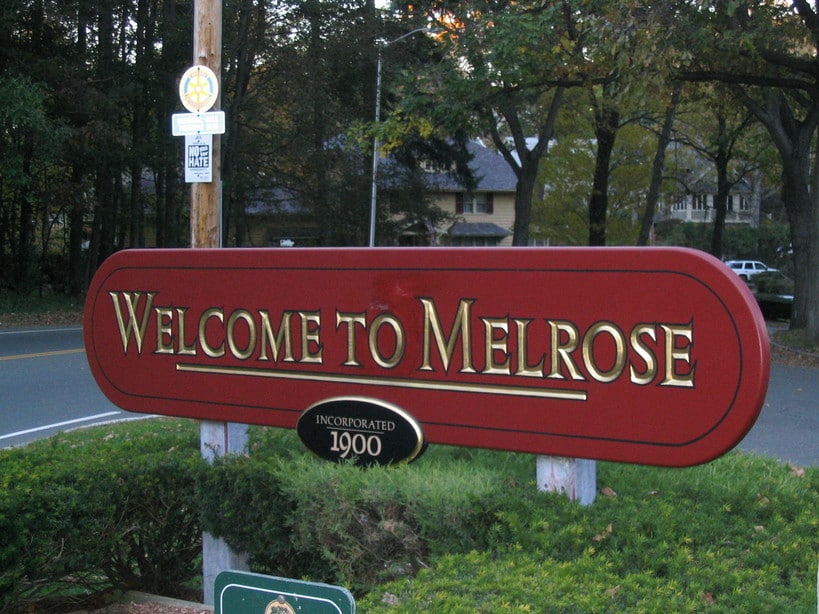Tata & Howard provided engineering services to the Town of Upton to address a water supply deficit identified in the 1998 Water Distribution System Study and the 2011 Water Master Plan and Capital Efficiency Plan™, both conducted by Tata & Howard. The multi-faceted approach was recommended to mitigate the supply deficit included maximizing their existing supply sources and the development of a new wellfield.
The original Glen Avenue Wellfield consists of two groups of 12 2½-inch diameter tubular wells, pumped through an 8-inch diameter, cast iron main. The original pumping capacity of the Glen Avenue Wellfield is approximately 0.316 million gallons per day (mgd). Recently, the yield of the Glen Avenue Wellfield has declined to approximately 0.08 mgd during the summer months. Due to the decreased yield, the Town did not have adequate supply to meet existing water demands. Replacement wells were recommended by Tata & Howard to regain the permitted capacity of the source.
The project consisted of a test well investigation program to evaluate the feasibility of replacement wells and preliminary permitting with the Massachusetts Department of Environmental Protection (MassDEP). Once the test well program indicated that three 16” x 10” gravel packed wells could replace the yield of the existing tubular wellfield, Tata & Howard met with MassDEP to approve the concept prior to proceeding with the pump test proposal submittal.
The scope of services included conductance of a 48 hour pump test as required by MassDEP, permitting with the MassDEP, Army Corps of Engineers, the Natural Heritage Endangered Species Program and the Upton Conservation Commission. Work also included design of well screens, submersible wells pumps, pitless adapters, variable frequency drives (VFDs), transducers in each well and water main to connect the new wellfield to the existing pump station and electrical and signal wiring. The wellfield was metered with one single meter within the pump station. Tata & Howard provided construction administration services and post construction administration services for the project.

